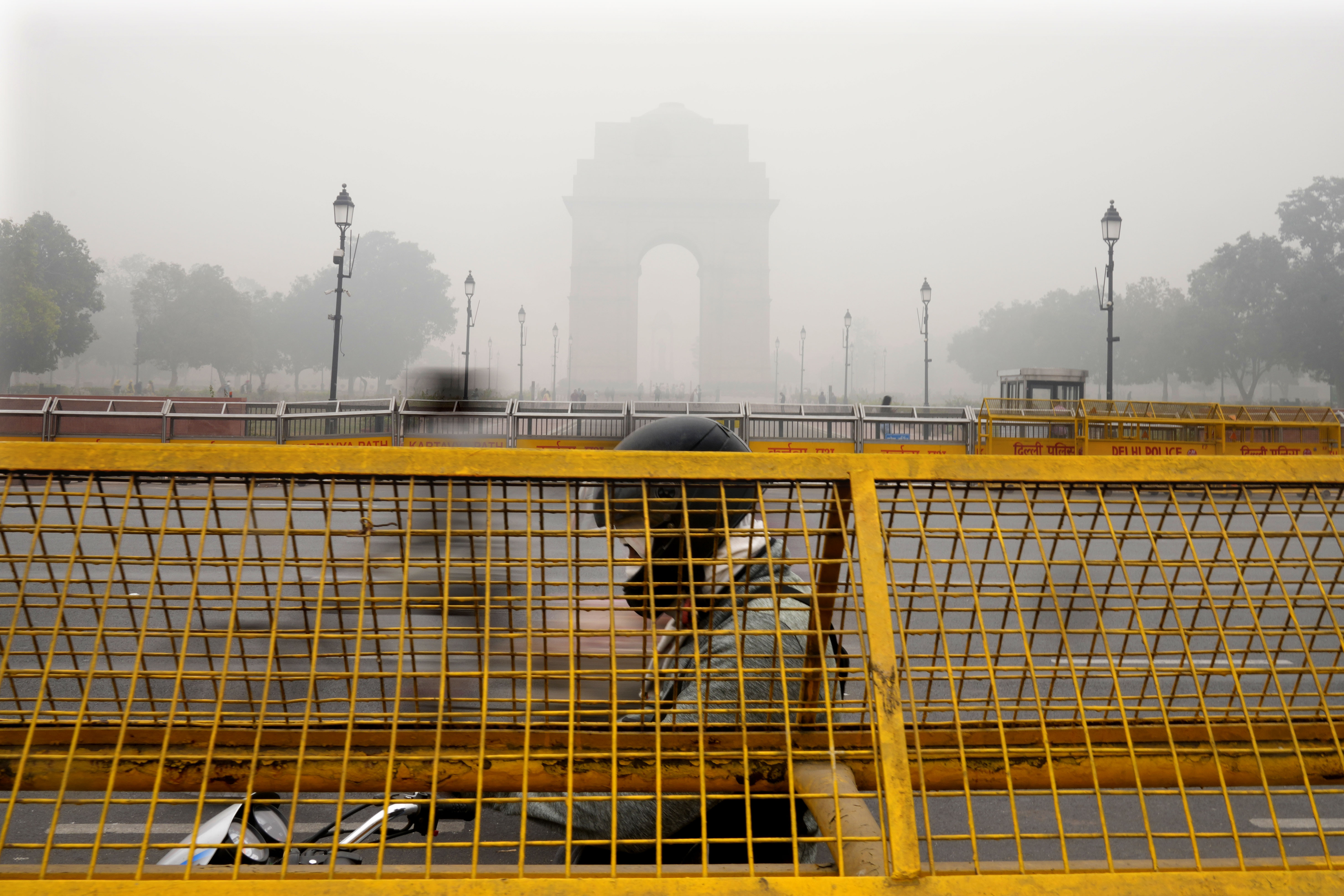
NEW DELHI - A thick blanket of toxic smog engulfed most parts of northern India on Monday and readings of air quality in the capital New Delhi hit their highest this year after dense fog overnight.
The smog, a toxic blend of smoke and fog, happens each year in winter as cold air traps dust, emissions, and smoke from illegal farm fires in some surrounding states.
Visibility dropped to 100 m in Delhi and Chandigarh, a city northwest of the capital, but authorities said flights and trains continued to operate with some delays.
India's pollution control authority said the national capital territory's 24-hour air quality index (AQI) reading was at 484, classified as "severe plus", the highest this year.
ALSO READ: India’s capital chokes under dense smog
According to Swiss group IQAir's live rankings, New Delhi was the most polluted city in the world with the air quality at a "hazardous" 1,081 and the concentration of PM2.5 - particulate matter measuring 2.5 microns or less in diameter that can be carried into lungs, causing deadly diseases and cardiac issues - was 130.9 times the World Health Organisation's recommended levels.
Experts say the scores vary because of a difference in the scale countries adopt to convert pollutant concentrations into AQI, and so the same quantity of a specific pollutant may be translated as different AQI scores in different countries.
Delhi authorities directed all schools to move classes online and tightened restrictions on construction activities and vehicle movements, citing unfavourable meteorological conditions and low wind speed.
Farm fires - where stubble left after harvesting rice is burnt to clear fields - have contributed as much as 40 percent of the pollution in Delhi, SAFAR, a weather forecasting agency under the ministry of earth sciences has said.
ALSO READ: Visibility drops in parts of Delhi as pollution surges
Satellites detected 1,334 such events in six states on Sunday, the most in the last four days, according to India's Consortium for Research on Agroecosystem Monitoring and Modeling from Space.
Despite the polluted air, many residents continued their daily routines. Many buildings were barely visible, including Delhi's iconic India Gate.
"Morning walk usually feels good, but now the air is polluted and we're forced to wear a mask... There is a burning sensation in the eyes and slight difficulty in breathing," Akshay Pathak, a resident of the city told the ANI news agency, in which Reuters has a minority stake.
India's weather department has forecast "dense to very dense fog" for the northern states of Uttar Pradesh, Haryana and Rajasthan for Monday.


